Nuno M. Garcia
A Cluster-Based Opposition Differential Evolution Algorithm Boosted by a Local Search for ECG Signal Classification
May 04, 2023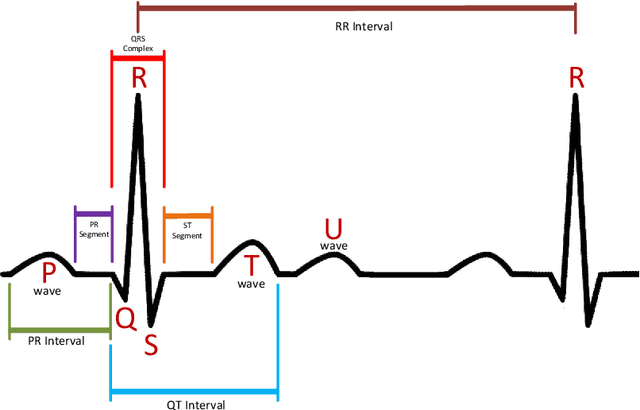
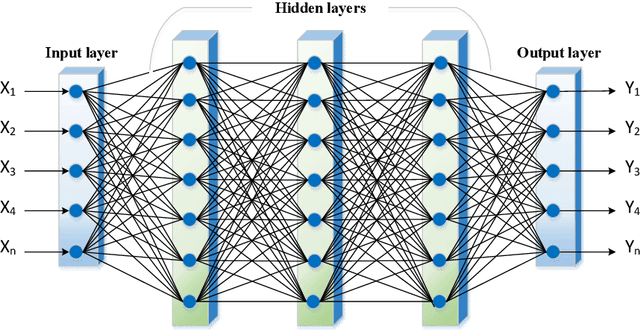
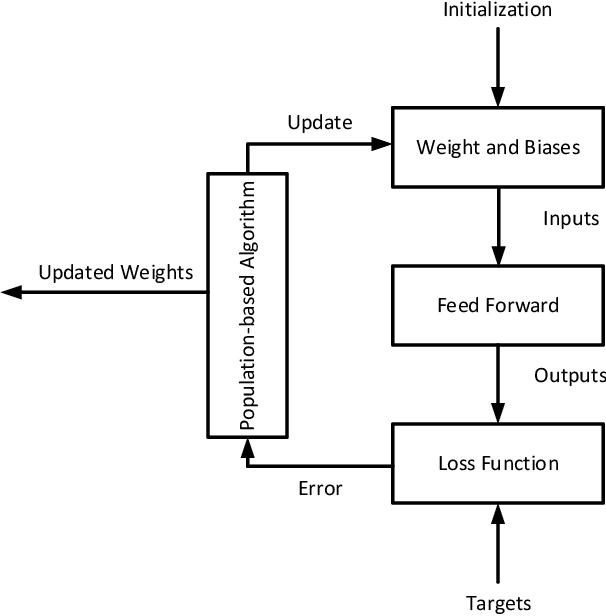
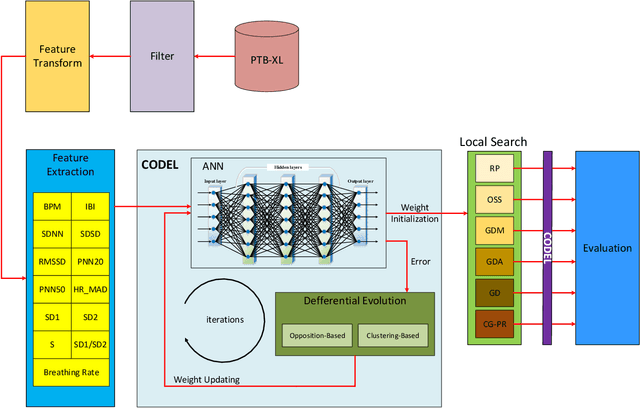
Abstract:Electrocardiogram (ECG) signals are recordings of the heart's electrical activity and are widely used in the medical field to diagnose various cardiac conditions and monitor heart function. The accurate classification of ECG signals is crucial for the early detection and treatment of heart-related diseases. This paper proposes a novel approach based on an improved differential evolution (DE) algorithm for ECG signal classification. To this end, after the preprocessing step, we extracted several features such as BPM, IBI, and SDNN. Then, the features are fed into a multi-layer perceptron (MLP). While MLPs are still widely used for ECG signal classification, using gradient-based training methods, the most widely used algorithm for the training process, has significant disadvantages, such as the possibility of being stuck in local optimums. Population-based metaheuristic techniques have been effectively used to address this. This paper employs an enhanced differential evolution (DE) algorithm for the training process as one of the most effective population-based algorithms. To this end, we improved DE based on a clustering-based strategy, opposition-based learning, and a local search. Clustering-based strategies can act as crossover operators, while the goal of the opposition operator is to improve the exploration of the DE algorithm. The weights and biases found by the improved DE algorithm are then fed into six gradient-based local search algorithms. In other words, the weights found by the DE are employed as an initialization point. Therefore, we introduced six different algorithms for the training process (in terms of different local search algorithms). In an extensive set of experiments, we showed that our proposed training algorithm could provide better results than the conventional training algorithms.
An Efficient Data Imputation Technique for Human Activity Recognition
Jul 08, 2020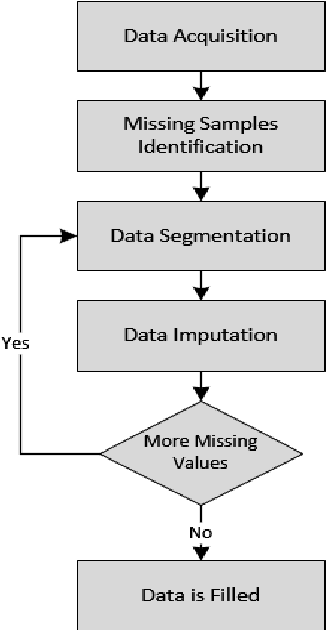

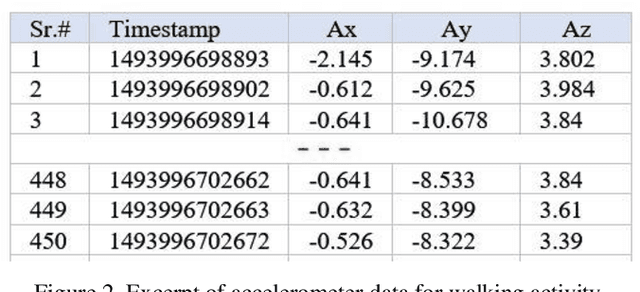
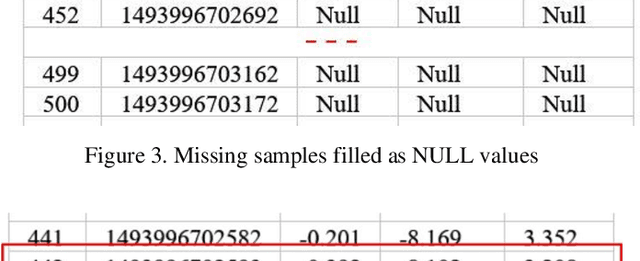
Abstract:The tremendous applications of human activity recognition are surging its span from health monitoring systems to virtual reality applications. Thus, the automatic recognition of daily life activities has become significant for numerous applications. In recent years, many datasets have been proposed to train the machine learning models for efficient monitoring and recognition of human daily living activities. However, the performance of machine learning models in activity recognition is crucially affected when there are incomplete activities in a dataset, i.e., having missing samples in dataset captures. Therefore, in this work, we propose a methodology for extrapolating the missing samples of a dataset to better recognize the human daily living activities. The proposed method efficiently pre-processes the data captures and utilizes the k-Nearest Neighbors (KNN) imputation technique to extrapolate the missing samples in dataset captures. The proposed methodology elegantly extrapolated a similar pattern of activities as they were in the real dataset.
Reduction of Surgical Risk Through the Evaluation of Medical Imaging Diagnostics
Mar 08, 2020



Abstract:Computer aided diagnosis (CAD) of Breast Cancer (BRCA) images has been an active area of research in recent years. The main goals of this research is to develop reliable automatic methods for detecting and diagnosing different types of BRCA from diagnostic images. In this paper, we present a review of the state of the art CAD methods applied to magnetic resonance (MRI) and mammography images of BRCA patients. The review aims to provide an extensive introduction to different features extracted from BRCA images through texture and statistical analysis and to categorize deep learning frameworks and data structures capable of using metadata to aggregate relevant information to assist oncologists and radiologists. We divide the existing literature according to the imaging modality and into radiomics, machine learning, or combination of both. We also emphasize the difference between each modality and methods strengths and weaknesses and analyze their performance in detecting BRCA through a quantitative comparison. We compare the results of various approaches for implementing CAD systems for the detection of BRCA. Each approachs standard workflow components are reviewed and summary tables provided. We present an extensive literature review of radiomics feature extraction techniques and machine learning methods applied in BRCA diagnosis and detection, focusing on data preparation, data structures, pre processing and post processing strategies available in the literature. There is a growing interest on radiomic feature extraction and machine learning methods for BRCA detection through histopathological images, MRI and mammography images. However, there isnt a CAD method able to combine distinct data types to provide the best diagnostic results. Employing data fusion techniques to medical images and patient data could lead to improved detection and classification results.
An Efficient Machine Learning-based Elderly Fall Detection Algorithm
Nov 27, 2019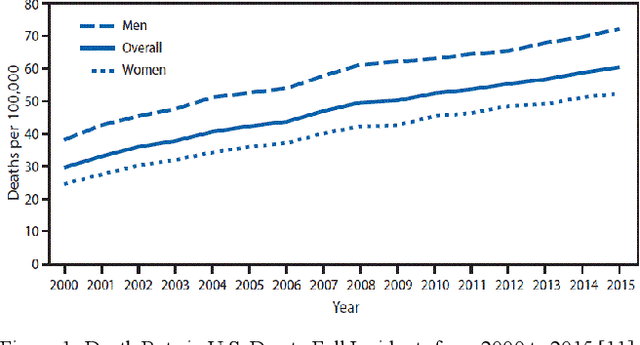
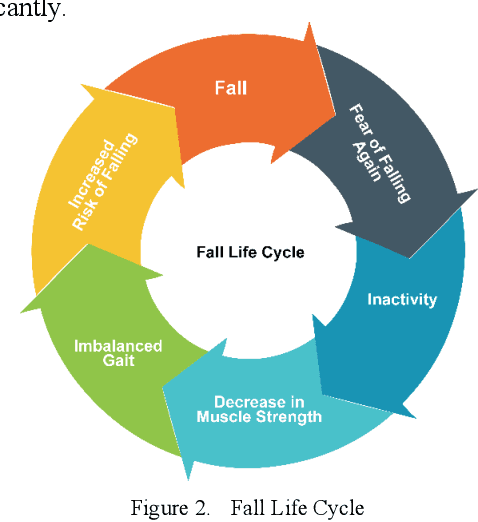
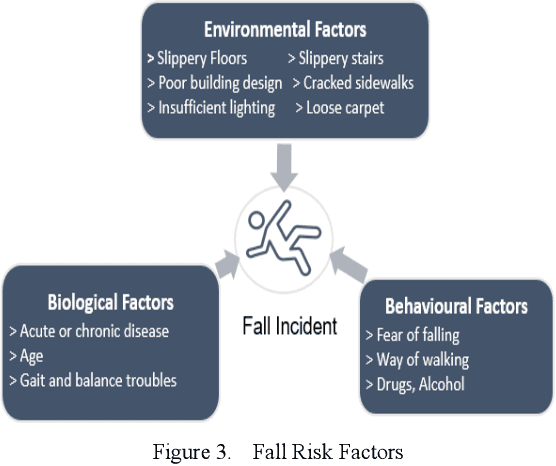
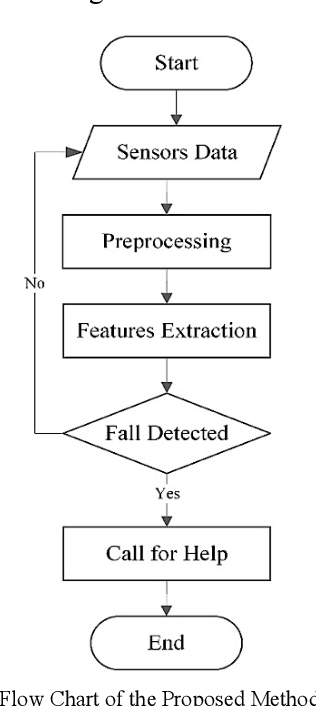
Abstract:Falling is a commonly occurring mishap with elderly people, which may cause serious injuries. Thus, rapid fall detection is very important in order to mitigate the severe effects of fall among the elderly people. Many fall monitoring systems based on the accelerometer have been proposed for the fall detection. However, many of them mistakenly identify the daily life activities as fall or fall as daily life activity. To this aim, an efficient machine learning-based fall detection algorithm has been proposed in this paper. The proposed algorithm detects fall with efficient sensitivity, specificity, and accuracy as compared to the state-of-the-art techniques. A publicly available dataset with a very simple and computationally efficient set of features is used to accurately detect the fall incident. The proposed algorithm reports and accuracy of 99.98% with the Support Vector Machine(SVM) classifier.
Data Fusion on Motion and Magnetic Sensors embedded on Mobile Devices for the Identification of Activities of Daily Living
Oct 31, 2017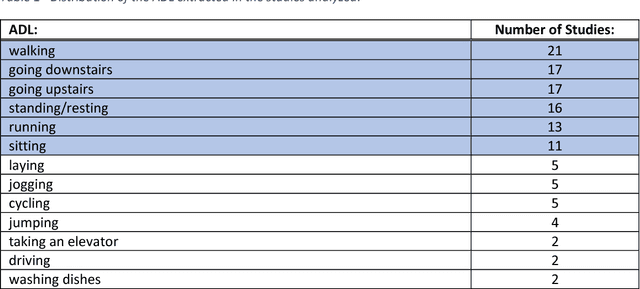
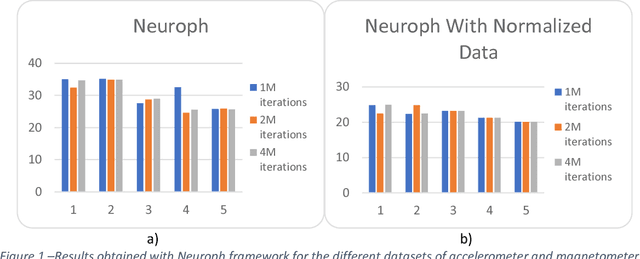
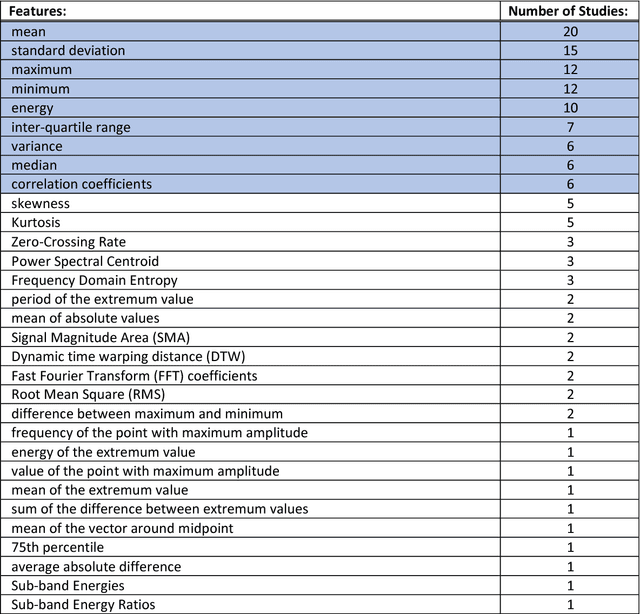
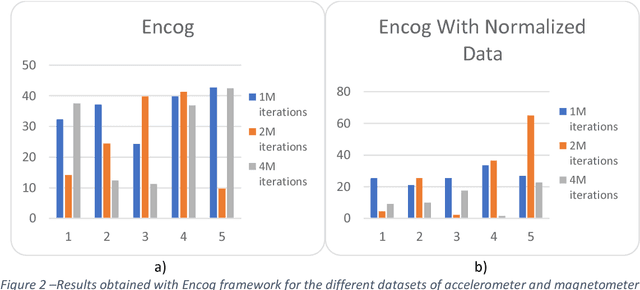
Abstract:Several types of sensors have been available in off-the-shelf mobile devices, including motion, magnetic, vision, acoustic, and location sensors. This paper focuses on the fusion of the data acquired from motion and magnetic sensors, i.e., accelerometer, gyroscope and magnetometer sensors, for the recognition of Activities of Daily Living (ADL) using pattern recognition techniques. The system developed in this study includes data acquisition, data processing, data fusion, and artificial intelligence methods. Artificial Neural Networks (ANN) are included in artificial intelligence methods, which are used in this study for the recognition of ADL. The purpose of this study is the creation of a new method using ANN for the identification of ADL, comparing three types of ANN, in order to achieve results with a reliable accuracy. The best accuracy was obtained with Deep Learning, which, after the application of the L2 regularization and normalization techniques on the sensors data, reports an accuracy of 89.51%.
 Add to Chrome
Add to Chrome Add to Firefox
Add to Firefox Add to Edge
Add to Edge